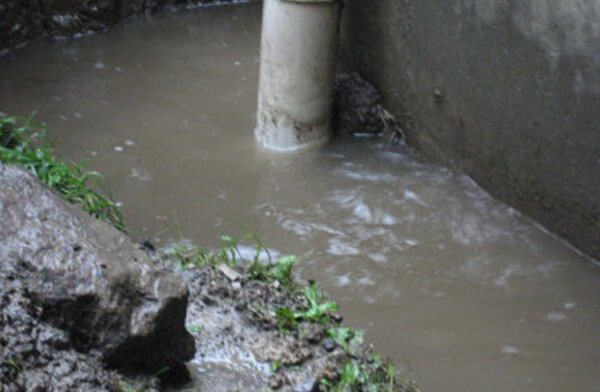Almost everyone may have their unique perception with regards to Leaking water lines.

Early discovery of dripping water lines can minimize a possible calamity. Some small water leakages might not be visible.
1. Take A Look At the Water Meter
Inspecting it is a proven means that aids you uncover leaks. If it moves, that shows a fast-moving leak. This implies you may have a slow-moving leakage that might even be below ground.
2. Check Water Consumption
Evaluate your water costs as well as track your water intake. As the one paying it, you should notice if there are any kind of discrepancies. If you detect sudden changes, in spite of your consumption being the same, it means that you have leaks in your plumbing system. Bear in mind, your water costs must drop under the same array monthly. A sudden spike in your costs indicates a fast-moving leak.
A steady rise every month, also with the very same routines, shows you have a sluggish leak that's additionally gradually intensifying. Call a plumber to extensively check your property, particularly if you feel a warm area on your floor with piping below.
3. Do a Food Coloring Examination
When it comes to water usage, 30% comes from toilets. If the shade in some way infiltrates your dish throughout that time without flushing, there's a leakage in between the container as well as dish.
4. Asses Exterior Lines
Do not neglect to check your exterior water lines as well. Needs to water leak out of the link, you have a loose rubber gasket. One tiny leak can squander heaps of water as well as spike your water expense.
5. Assess the scenario and inspect
Property owners ought to make it a behavior to check under the sink counters as well as also inside closets for any kind of bad odor or mold development. These two red flags indicate a leakage so prompt focus is needed. Doing regular assessments, also bi-annually, can save you from a major trouble.
Inspect for stainings as well as weakening as the majority of pipelines and devices have a life span. If you believe leaking water lines in your plumbing system, don't wait for it to intensify.
Early discovery of leaking water lines can minimize a prospective calamity. Some tiny water leakages may not be visible. Examining it is a proven method that helps you find leaks. One little leak can lose tons of water and surge your water expense.
If you think leaking water lines in your plumbing system, do not wait for it to intensify.
WARNING SIGNS OF WATER LEAKAGE BEHIND THE WALL
PERSISTENT MUSTY ODORS
As water slowly drips from a leaky pipe inside the wall, flooring and sheetrock stay damp and develop an odor similar to wet cardboard. It generates a musty smell that can help you find hidden leaks.
MOLD IN UNUSUAL AREAS
Mold usually grows in wet areas like kitchens, baths and laundry rooms. If you spot the stuff on walls or baseboards in other rooms of the house, it’s a good indicator of undetected water leaks.
STAINS THAT GROW
When mold thrives around a leaky pipe, it sometimes takes hold on the inside surface of the affected wall. A growing stain on otherwise clean sheetrock is often your sign of a hidden plumbing problem.
PEELING OR BUBBLING WALLPAPER / PAINT
This clue is easy to miss in rooms that don’t get much use. When you see wallpaper separating along seams or paint bubbling or flaking off the wall, blame sheetrock that stays wet because of an undetected leak.
BUCKLED CEILINGS AND STAINED FLOORS
If ceilings or floors in bathrooms, kitchens or laundry areas develop structural problems, don’t rule out constant damp inside the walls. Wet sheetrock can affect adjacent framing, flooring and ceilings.
https://www.servicemasterbyzaba.com/blog/how-to-detect-water-leakage-in-walls/

I stumbled upon that write up about Top leak detection hacks while scouting around the web. Enjoyed our blog? Please share it. Help somebody else find it. I value reading our article about Hacks to detect leaks.